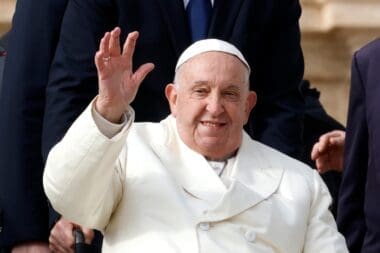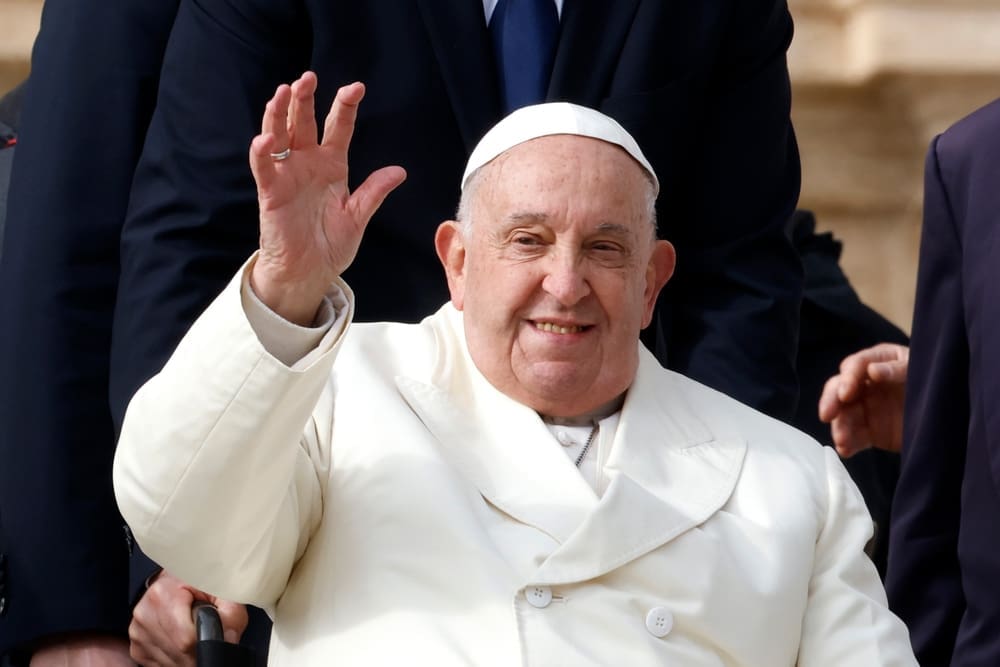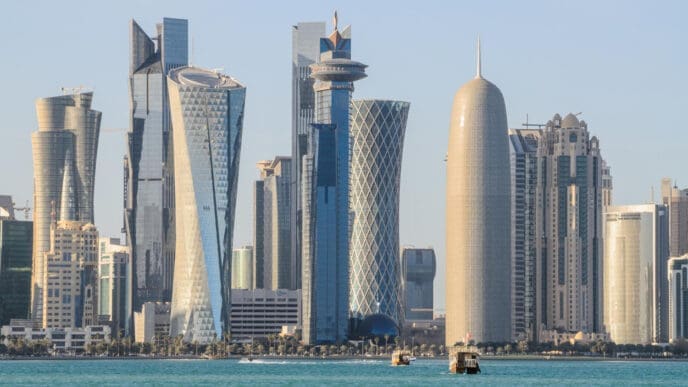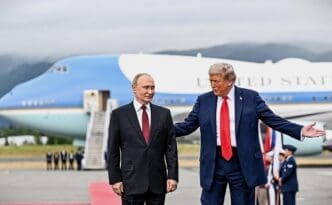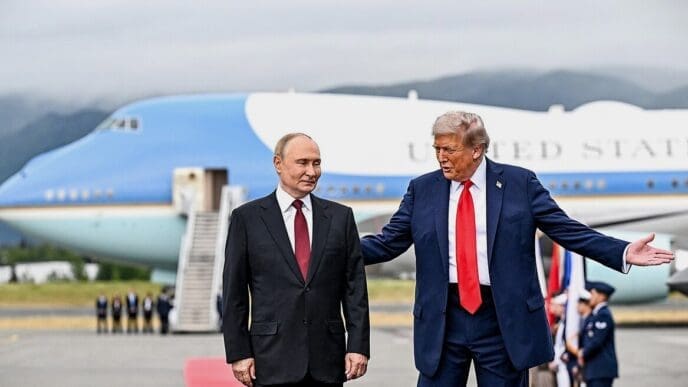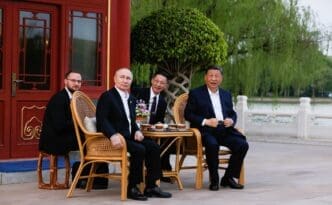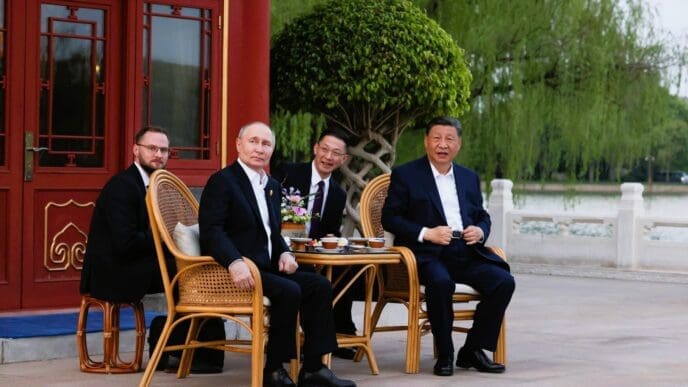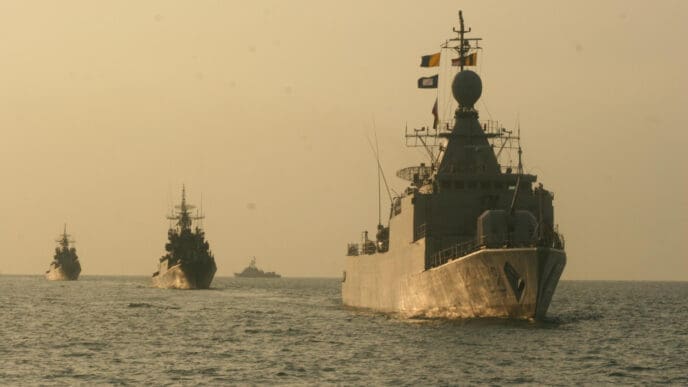The body of Pope Francis will be interred this Saturday at the Roman Basilica of Santa Maria Maggiore. His remains will be placed beneath the revered image of the Virgin Salus Populi Romani, a Byzantine icon significant in Catholicism and symbolizing the Jesuits’ historical ties with Asia. This icon, officially sanctioned by papal decree for reproduction, has long been emblematic of Catholic evangelization efforts in Asia, notably during the Jesuit missions to the Far East, including China. In 1602, Jesuit missionary Matteo Ricci gifted a copy of the icon to the Chinese Emperor, underscoring its cultural and spiritual significance.
Pope Francis prioritized expanding the Church’s influence in Asia during his pontificate, with many observers considering this a central aspect of his political mission. This year’s conclave reflects this eastward focus, with increased representation from Asia among the voting cardinals. The shift has been described as revolutionary, moving away from the traditional Eurocentric dominance. Notably, countries like Mongolia, Myanmar, and Thailand, with minimal Catholic populations, will be represented, while some European nations will not have a cardinal in attendance.
The conclave will include 23 cardinal electors from Asia out of 135, with Bishop Stephen Chow Sau-Yan of Hong Kong representing China. Although Asia houses only 10% of the world’s 1.5 billion Catholics, it is now pivotal in global development, necessitating a stronger Catholic presence. Pope Francis’ diplomatic efforts emphasized the need for the Church’s presence in these emerging regions, alongside its established roots in Europe, the Americas, and Africa.
Technological advancements also highlighted Asia’s relevance during Pope Francis’ time. He was the first pontiff to address a G7 summit on artificial intelligence, emphasizing the importance of engaging with technological progress. The geographical realignment of the College of Cardinal electors aims to spread the Gospel and move the Church away from its colonial past, reflecting Pope Francis’ South American heritage.
Beyond evangelization, Pope Francis maintained a nuanced perspective on international relations, aligning more closely with non-Western countries. His pastoral visits extended to numerous Asian nations, yet he was unable to visit China and India due to diplomatic constraints. Currently, the Vatican does not have formal relations with Beijing, recognizing Taiwan instead. Despite this, Beijing has expressed condolences for Pope Francis’ passing and may send a delegation to his funeral.
In 2018, the Vatican achieved a significant diplomatic milestone with China, allowing for the joint approval of Chinese Catholic bishops, enhancing the Church’s credibility in the region. However, this agreement required compromises, including limited engagement with issues of human and religious rights in China. Official figures suggest there are about 10 million Catholics in China, though unofficial sources indicate a larger number unrecognized by the authorities.
While relations between China and the Vatican have improved under Pope Francis, expectations remain unmet, as China is traditionally secular. The future of the Vatican’s approach to China will depend on the new pontiff’s policies, as much of the relationship was tied to Pope Francis’ personal diplomacy. As the conclave convenes post-Francis, it remains uncertain how his successor will continue his efforts to strengthen ties with Asia.

